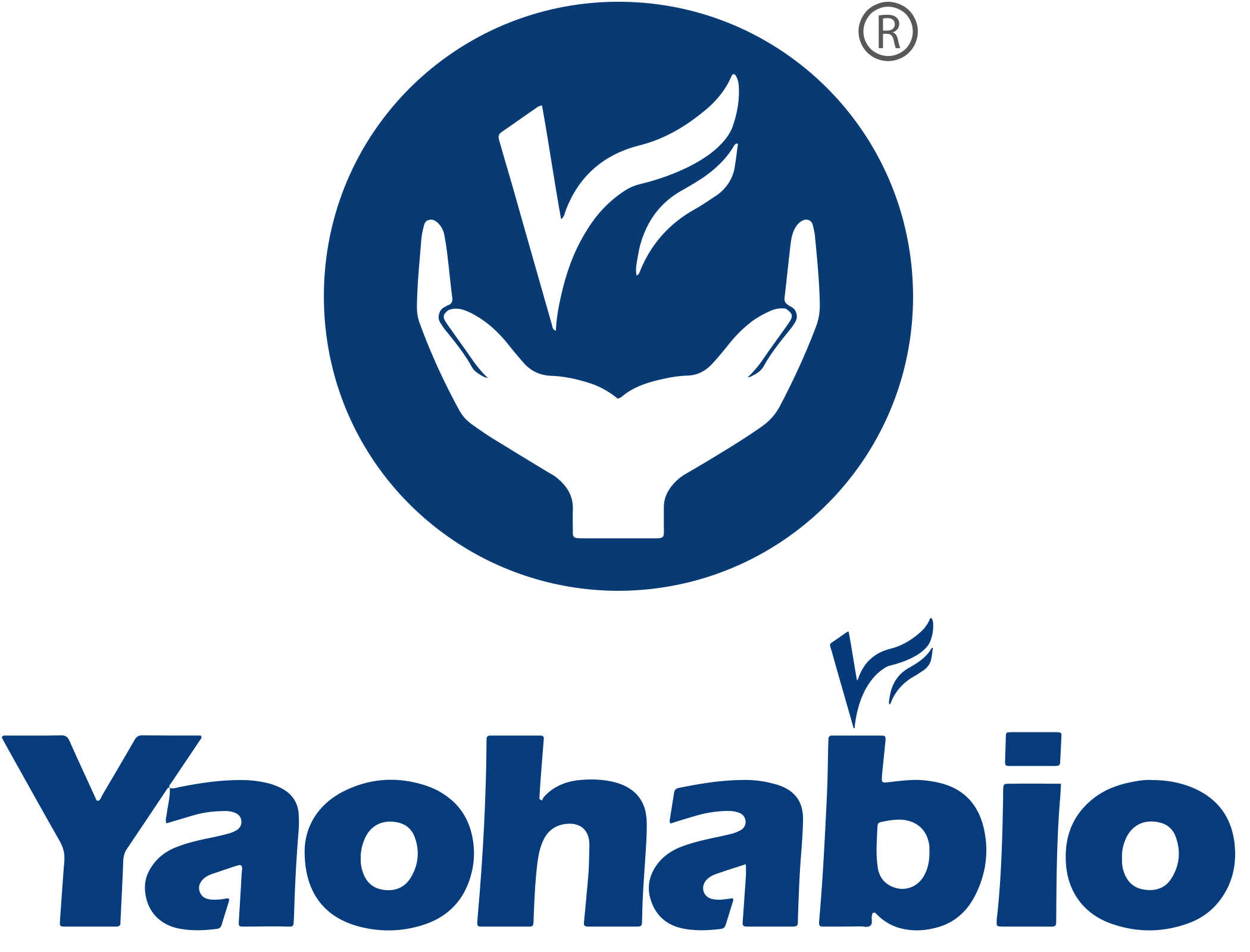|
Growth Factors
|
Characteristics
|
|
EGF, epidermal growth factor
|
The epidermal growth factor (EGF) consists of 53 amino acids constrained by three internal disulfide bonds and is generated from a 1200-residue precursor with a remarkable structure. The recombinant EGF is used to treat diabetic foot ulcers (Heberprot-P, Regen-D 150, and Easyef), vascular ulcers and bed sores (Regen-D 150), and healing burns and donor site skin grafts (Regen-D 60).
|
|
FGF, fibroblast growth factor
|
The fibroblast growth factor (FGF) constitutes a growing multigene family with mitogenic activity toward various cells of mesenchymal, neuronal, and epithelial origin. The family includes acidic FGF (aFGF, FGF-1), basic FGF (bFGF, FGF-2), int-2 (FGF-3), hst/KS3 (FGF-4), FGF-5, FGF-6, keratinocyte growth factor (FGF-7), androgen-induced growth factor (AIGF or FGF-8), and glia activating factor (GAF or FGF-9).bFGF/FGF-2 is used to treat Skin ulcers and regeneration of periodontal and bone tissues (Fiblast spray). FGF-19 is used to treat Biliary cirrhosis and Primary sclerosing cholangitis (Orphan medicine).
|
|
KGF, keratinocyte growth factor
|
The keratinocyte growth factor (KGF), palifermin or FGF-7, belongs to the FGF family. KGF stimulates epithelial cell proliferation, improving tissue formation, and was approved by EMA (Kepivance) for the treatment of oral mucositis in patients undergoing chemotherapy and radiotherapy, being withdrawn in 2016. The recombinant KGF is used to treat oral mucositis (Kepivance).
|
|
PDGF, platelet-derived growth factor
|
The platelet-derived growth factor (PDGF) is the major protein growth factor in human serum and is a markedly heat-stable, cationic protein that consists of two related but nonidentical (36.7% amino-acid sequence identity) polypeptide chains designated A and B (also called PDGF-1 and PDGF-2).Recombinant PDGF-BB is used to treat chronic diabetic ulcers (Regranex), or as a part of the synthetic grafting system to treat ankle arthrodesis and/or hindfoot when supplemental graft is needed (Augment), and periodontally related defects (GEM 21S).
|
|
NGF, nerve growth factor
|
The nerve growth factor (NGF) constitutes a multifactorial modulator of neuro, immune, and endocrine systems. NGF levels are high in several anti-inflammatory and autoimmune disorders.The recombinant NGF is used to treat Retinitis pigmentosa (Orphan medicine) and Neurotrophic keratitis (Oxervate).
|
|
IGF, insulin-like growth factor
|
Insulin-like growth factors (IGFs) family includes the subtypes I and II, which are structurally similar to proinsulin. High circulating levels of IGF-I have been associated with the development and progression of different cancers, including breast, prostate, and thyroid cancers.IGF-1's therapeutic indications include Growth hormone insensitivity syndrome (Increlex) and Amyotrophic lateral sclerosis (Iplex).
|
|
TF, Transcription factor
|
Transcription factors (TFs) modulate various cellular processes and states through gene program regulation. Overexpression of specific TFs has been demonstrated to regulate the differentiation of pluripotent stem cells into various cell types such as muscle and neurons.
|
|
BDNF, Brain-derived neurotrophic factor
|
Brain-derived neurotrophic factor (BDNF) is a growth factor encoded by human BDNF gene. It belongs to the neurotrophin family. BDNF mainly acts on neurons expressing tyrosine kinase B (TrkB) in the central and peripheral nervous system.
|

 EN
EN
 AR
AR
 HR
HR
 CS
CS
 DA
DA
 NL
NL
 FI
FI
 FR
FR
 DE
DE
 EL
EL
 IT
IT
 JA
JA
 KO
KO
 NO
NO
 PL
PL
 PT
PT
 RO
RO
 RU
RU
 ES
ES
 SV
SV
 IW
IW
 ID
ID
 LV
LV
 LT
LT
 SR
SR
 SK
SK
 SL
SL
 UK
UK
 VI
VI
 ET
ET
 HU
HU
 TH
TH
 TR
TR
 FA
FA
 AF
AF
 MS
MS
 BE
BE
 MK
MK
 UR
UR
 BN
BN

